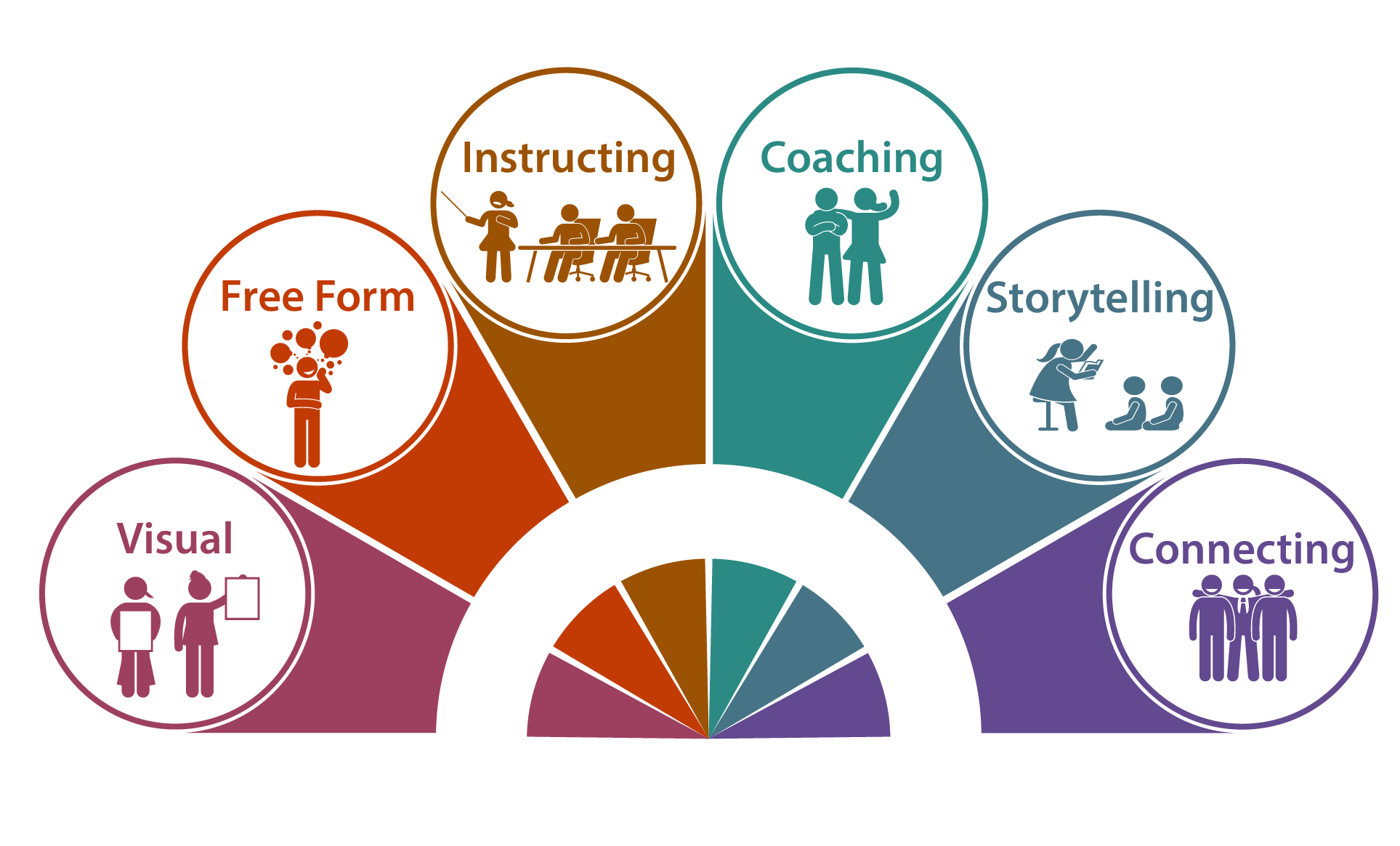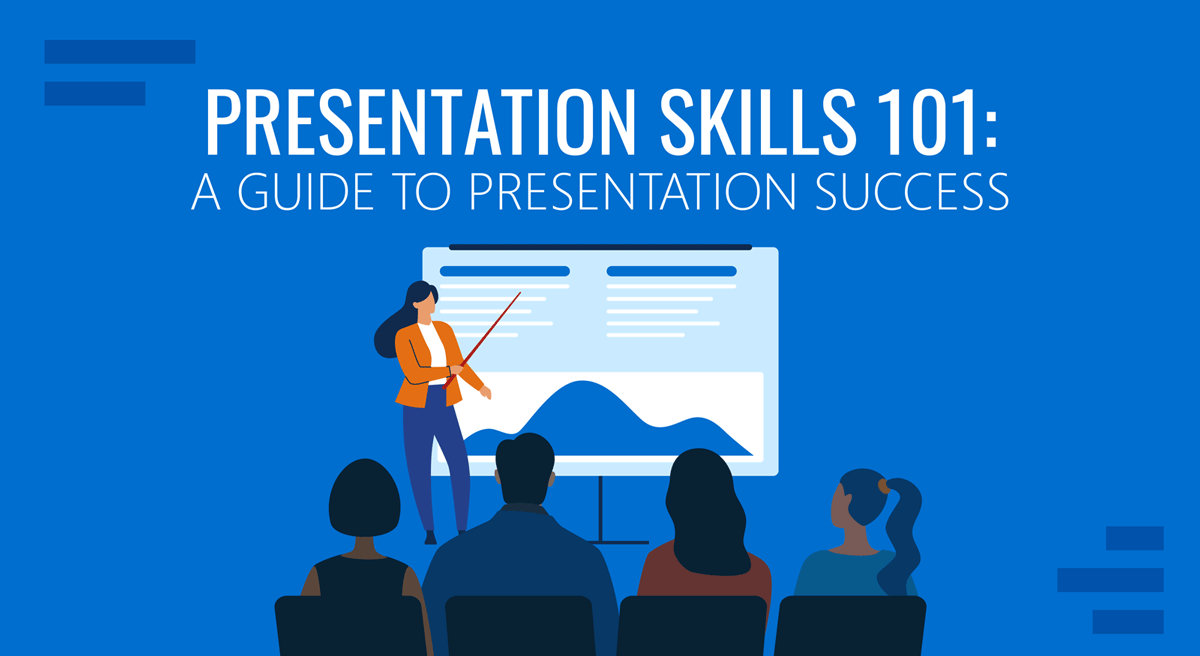Presentation Styles and Skills
This blog post will provide information about different presentation styles and skills. Presentation style refers to how you choose to deliver your presentation as a speaker. Presentation skills refer to the abilities and techniques used by you to effectively deliver information to an audience. The difference between informal and formal presentation styles will be discussed and three examples of these styles will be shown. This post will also feature three examples of presentation styles and five presentation skills.
Presentation Types
Formal Presentations
Formal presentations are typically planned, structured, and delivered in a professional setting; delivered in a business or academic setting, they will adhere to an agreed agenda to convey information objectively. They require a formal tone and demeanour from the presenter. Some examples of presentation types that require a formal style could be a business proposal, an academic conference, or an investor pitch. An academic conference will be held but a professor or expert, using academic resources to convey complex information to fellow professors or students. An investor pitch aims to attract funding and so must present a trust-worthy proposal as well as market and financial projections to demonstrate the variability of their business.

Informal Presentations
Informal presentations are much more casual and involve less structure. There is more of an emphasis on a conversational tone and audience engagement with the option for audience interaction. They often take place in a casual setting and allow for spontaneity and personal anecdotes that would not be appropriate in a professional setting. Some examples of presentation styles that have an information style could be a training workshop, a panel discussion, PechaKucha, or a TEDX talk. A panel discussion can be formal but is generally delivered in an informal tone where participants engage in the conversation and exchange ideas and perspectives. TEDX talks can be formal and may be designed to be engaging and more casual as speakers share their personal stories and unique ideas.

Presentations Styles
Presentation styles are different approaches or methods that individuals use to deliver presentations. The styles can be based on the content of the presentation or the personality of the speaker. A visual presentation style places a strong emphasis on visual aids such as videos, slides or images to deliver the presentation. The style is used to present complex statistics or data that could be better understood through images or simply to engage the listener with visuals. A storyteller presentation style uses anecdotes, narratives, and storytelling techniques to convey a message. The presenter will use a compelling story, relatable characters, vivid descriptions, and dramatic elements to make the presentation memorable to an audience. A PechaKucha is a presentation format that follows a strict 20-slide structure in which each slide is displayed for 20 seconds which produces a concise and compelling manner.

Presentation Skills
Presentation skills are the set of abilities or techniques that individuals use to effectively deliver information or messages to an audience. The skills target delivery, communication and audience engagement. Some presentation skills encompass technical skills such as checking the slideshow or video is equipped properly, having well-designed slides that are not too text heavy, and visually appealing images and graphics. Other presentation skills encompass the delivery of the presentation such as confidence, clear communication, tone of voice, and voice projection. Other skills that help the presentation run smoothly are rehearsing, being organised, and being knowledgeable on the topics of the presentation.


Comments
Post a Comment